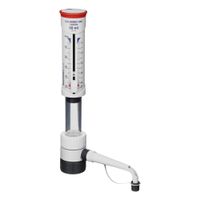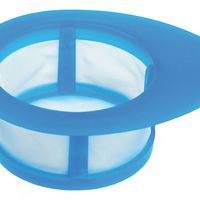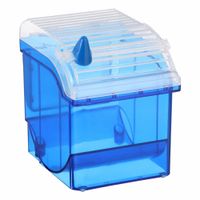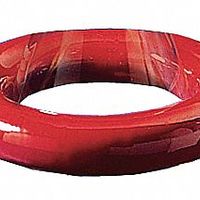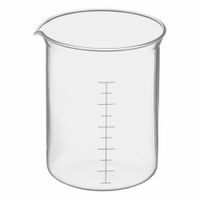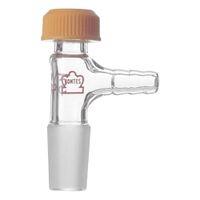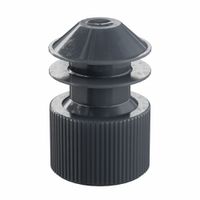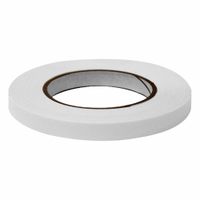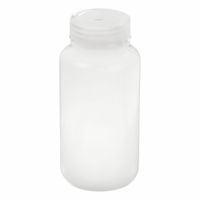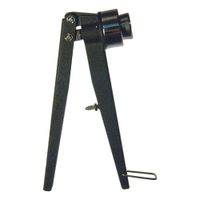- Home
- Lab Supplies
- Plastic Glass Containers Closures
.....Read More
Frequently Asked Questions
1. What are the advantages of using plastic containers over glass for storing chemicals?
2. How do you sterilize glass containers between uses?
3. What are the best practices for preventing cross-contamination in lab containers?
4. How do you choose the right closure for a chemical container?
5. What are the temperature limits for plastic vs. glass containers?
6. How do bottle dispensers work and what are their benefits?
7. What is the process for securing aluminum caps to vials using crimpers?
8. How do flask stabilizers and pour rings prevent spills?
9. What are the differences in chemical resistance between plastic and glass containers?
10. How do lab adapters and joints enhance the functionality of flasks?

